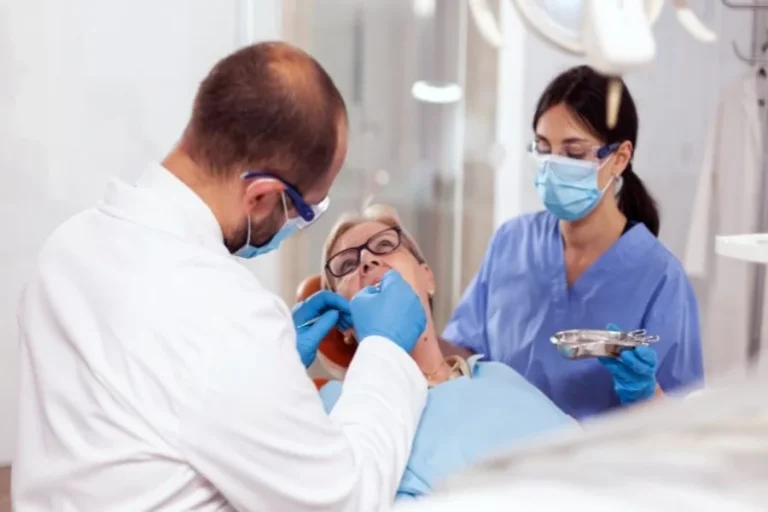You walk into a Laguna Niguel dental office and become the focus of a well-planned process. General dentists ensure thorough exams, prioritizing your oral health. Each step protects you from future issues. The exam begins with a detailed discussion about your dental history. This conversation helps identify specific concerns. Next, a visual inspection checks your teeth and gums for signs of decay or disease. X-rays follow, providing a clear picture of what’s happening beneath the surface. Dentists then assess your bite and jaw alignment, key to preventing discomfort. A careful examination of your tongue, throat, and neck checks for abnormalities. Finally, recommendations for routine care and special treatments come next, tailored just for you. This simple plan keeps your smile strong and healthy. It’s not just about fixing problems. Dentists work to keep you well. You deserve this attentive care, ensuring a path toward better dental health.
Step 1: Discussing Dental History
Your dental history provides essential clues about your oral health. Dentists listen carefully to understand any previous issues, treatments, or concerns you have. This step forms the foundation of your exam. Open communication helps dentists customize their approach, ensuring you feel comfortable and informed. This initial discussion sets the stage for the entire exam, making it more effective and centered on your needs.
Step 2: Visual Inspection
During the visual inspection, dentists examine your teeth and gums for signs of decay, swelling, or redness. They use simple tools and their trained eyes to spot issues that might need attention. This step is quick but thorough, ensuring no detail is missed. Regular inspections like these help catch potential problems early, minimizing the need for extensive treatments later.
Step 3: X-Rays for a Deeper Look
X-rays offer a unique view of your oral health. They reveal what’s happening beneath the surface, such as bone density and hidden cavities. This step is crucial for a complete understanding of your dental condition. According to the CDC, early detection through X-rays can prevent more serious issues from developing. Dentists review these images with you, explaining any findings in simple terms.
Step 4: Bite and Jaw Assessment
Your bite and jaw alignment affect more than just chewing. Misalignments can lead to discomfort and other health issues. Dentists evaluate how your teeth come together and how your jaw moves. This assessment helps in identifying problems like teeth grinding, which can wear down enamel and cause pain. Proper alignment contributes to overall comfort and function.
Step 5: Examining Oral Soft Tissues
The soft tissues in your mouth, including your tongue, throat, and neck, provide clues to your overall health. Dentists check for lumps, swelling, or color changes. These examinations help in identifying oral cancer signs early. The National Institute of Dental and Craniofacial Research highlights the importance of these exams in maintaining oral and general health. Regular checks ensure any unusual findings are addressed promptly.
Step 6: Tailored Care Recommendations
After the exam, dentists provide specific recommendations. These may include routine cleanings, treatments for identified issues, or tips for improving daily oral care. This step is about maintaining and enhancing your dental health over time. Personalized advice ensures that you follow a care plan suited to your unique needs, supporting a healthy, confident smile.
Comparing Routine and Comprehensive Exams
| Aspect | Routine Exam | Comprehensive Exam |
|---|---|---|
| Frequency | Twice a Year | As Needed |
| Focus | Basic Cleaning and Check | In-depth Analysis |
| Tools Used | Basic Tools | X-rays, Advanced Tools |
| Duration | Short | Comprehensive |
The steps general dentists take during comprehensive exams ensure every detail of your oral health is covered. From discussing your history to tailored care, each part of the process is designed with your well-being in mind. This careful approach not only addresses existing issues but also safeguards against future problems. It’s the kind of care you deserve, ensuring your smile stays bright and healthy for years to come.

